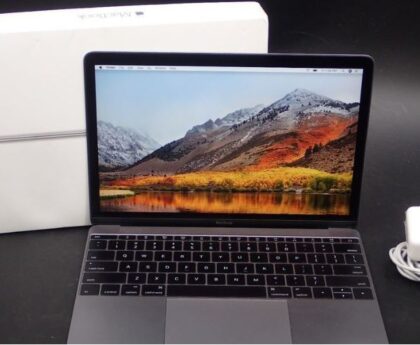Introduction
The cubicle office, a fixture of modern workplaces, has a long and complex history. It has been praised for its efficiency and derided for its soullessness. In this article, we will explore the evolution and impact of the cubicle office, from its inception to the present day, shedding light on its benefits, drawbacks, and potential future developments.
Birth of the Cubicle
The cubicle office was born out of a desire to strike a balance between the open-plan office and the traditional private office. In the late 1960s, designer Robert Propst introduced the Action Office system, which laid the groundwork for the cubicle. Propst’s idea was to create a more flexible and efficient workspace that allowed employees to have their own defined space while still promoting collaboration.
Early cubicles were spacious and designed with versatility in mind, featuring adjustable desks and partitions. However, as businesses sought cost-effective ways to maximize space and accommodate more employees, cubicles began to shrink in size and evolve into the familiar grid-like formations we know today.
The Rise of the Cubicle Farm
The 1980s marked the peak of the cubicle’s popularity. Businesses adopted the concept en masse, leading to the proliferation of what became known as “cubicle farms.” These vast landscapes of interconnected cubicles were intended to optimize space and reduce costs while still providing employees with their own workspace.
While the cubicle farm served its purpose in terms of cost-efficiency, it also became synonymous with monotony, isolation, and limited creativity. The uniformity of cubicles and the absence of personalization made many employees feel like mere cogs in a machine, leading to complaints about the loss of individuality and a decline in overall job satisfaction.
Pros and Cons of Cubicle Offices
Pros:
Cost-Efficiency: Cubicle offices are more cost-effective than traditional private offices, allowing businesses to accommodate more employees within the same space.
Space Optimization: Cubicles maximize the use of available floor space, making them ideal for organizations with limited real estate.
Privacy: While not as private as traditional offices, cubicles offer more privacy and personal space compared to open-plan layouts.
Cons:
Lack of Creativity: The uniformity of cubicles can stifle creativity and hinder the expression of individuality.
Isolation: Employees working in cubicles may feel isolated from their colleagues, potentially leading to loneliness and decreased collaboration.
Reduced Natural Light: Cubicles positioned near windows are often reserved for higher-ranking employees, leaving many workers in interior cubicles with limited access to natural light.
The Cubicle’s Evolution in the Digital Age
As technology has advanced, so too has the cubicle. The modern cubicle office often includes amenities such as adjustable sit-stand desks, ergonomic chairs, and integrated power outlets for electronic devices. These improvements aim to address some of the ergonomic concerns associated with cubicles while also making them more adaptable to the needs of the contemporary workforce.
Additionally, the digital age has transformed the nature of work. Many tasks can now be performed remotely, reducing the need for a fixed workspace. This has prompted some companies to reconsider their use of traditional cubicle offices, leading to the rise of flexible office arrangements and coworking spaces.
The Pandemic and the Future of Cubicles
The COVID-19 pandemic had a profound impact on the way we work. With the sudden shift to remote work, many employees found themselves missing the social aspects of the office. As a result, some businesses are reevaluating their office setups, including the role of cubicles.
Hybrid work models, combining remote and in-office work, have gained popularity. In response, some organizations are reconfiguring their office spaces to prioritize collaboration areas and reduce the number of permanent cubicles. Cubicles are being redesigned to be more modular and adaptable, allowing them to serve as hot desks for employees who come into the office occasionally.
Conclusion
The cubicle office has come a long way since its inception in the 1960s. While it has faced criticism for its perceived limitations, it continues to be a practical solution for many businesses seeking cost-effective and space-efficient office layouts.
As we move forward in the digital age and adapt to new work paradigms, the cubicle is likely to undergo further transformations. Whether it remains a staple of the modern office or evolves into something entirely different, one thing is clear: the cubicle office will continue to play a significant role in shaping the way we work and interact in the years to come.




